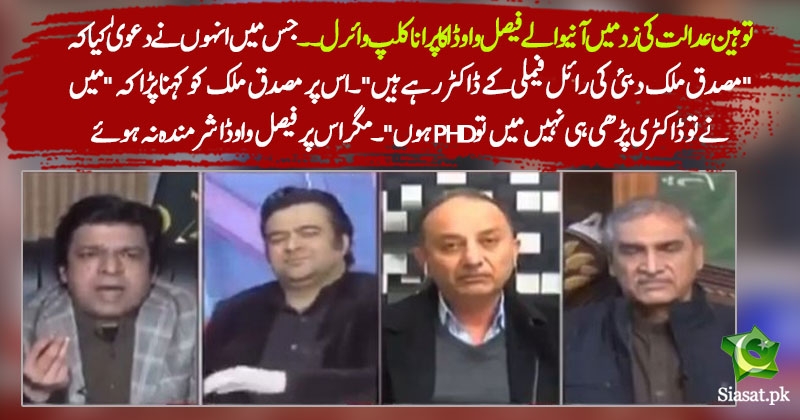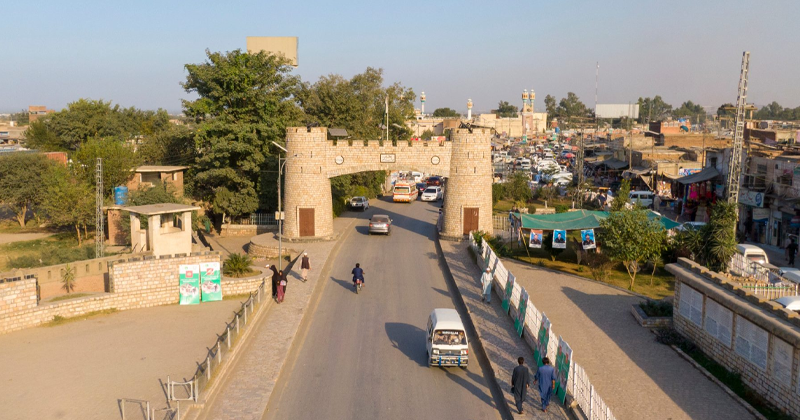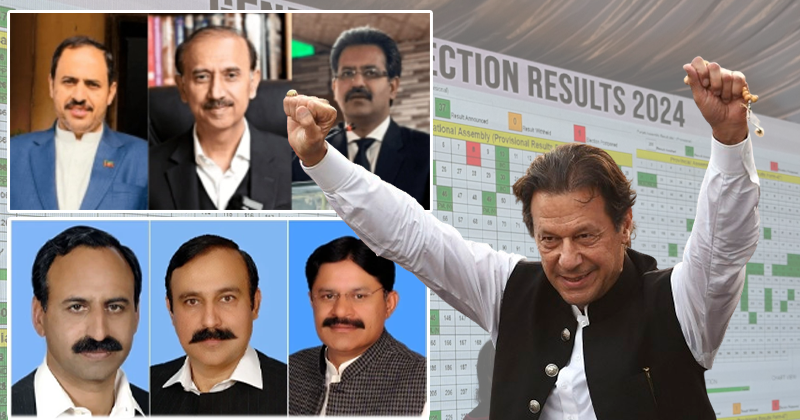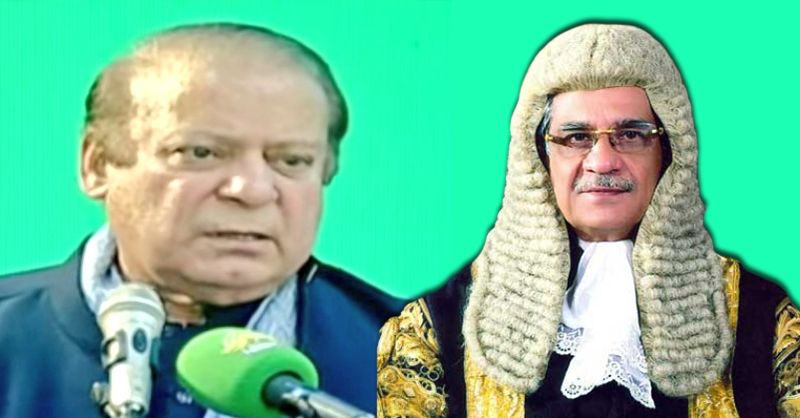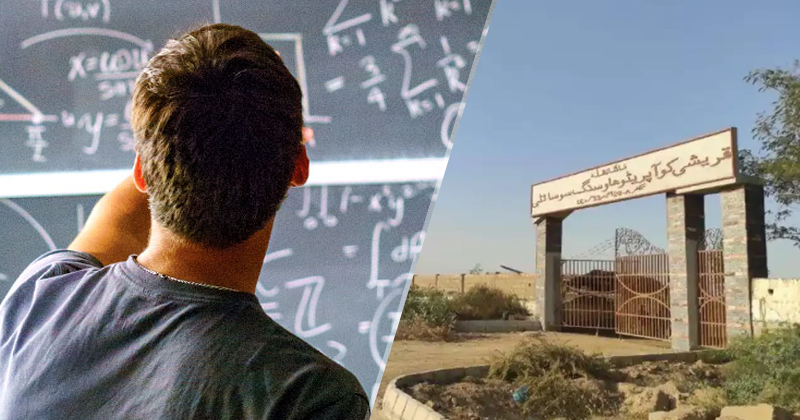Excerpt from "Bangladesh: An Unfinished Indian Agenda"
By G.H. Niaz
In 1975 three helicopters carrying four Indian Generals landed in Dacca, their mission "To escort Mujib-ur-Rehman to Delhi for installation as Vice President of India". Mrs. Indra Gandhi had decided for annexation of Bangladesh, but this mission proved abortive. On this very same day middle ranking officers of Bangladesh Army removed Mujib-ur-Rehman for his pro-Indian crimes, Indian helicopters were burned and charred bodies of four Indian Generals were quietly sent to India.
Khandokar Mustaque Ahmed who took over the charge hushed up this Indian affair. Unfortunately few people in Pakistan and Bangladesh are aware of this incident. Within next three months Brig Khaled Musharaf a known Indian agent led a coup which also proved to be abortive with General Zia-ur-Rehman taking over. Mrs. Gandhi got frustrated and ordered RAW to assassinate the new Bangladesh leader.
This mission also got delayed with Mrs. Gandhi temporarily out from power, however soon after her return General Zia-ur-Rehman was assassinated at the behest of RAW.
In Pakistan and Bangladesh majority of the people unaware of the Indian actual designs are of the opinion that India got all the advantages she was looking for by dismembering Pakistan and therefore she did not need to annex Bangladesh. The Indians are now convinced that any extra benefits to be derived by them taking the administrative and economic burden of this poor and troublesome land would rather prove counter productive. What could therefore be India's compulsions for annexation of Bangladesh and efforts generated towards achievement of this ultimate mission. India has three major compulsions for this Machiavellian approach.
First, "The Militarism of Brahminism". It had been an ancient desire of the Indian rulers to have mastery of the whole subcontinent and to cleanse it of the Muslims. The concentration of Bharatya Janata Party in Delhi and repeated statements of its leaders not only to cleanse 'Mother India' of the Mlecchas but also to install their god Mahadeva at the Holy Kaba are expression of this resurgent Brahminical Militarism. Mrs. Gandhi's annexation of Sikkim and Narasima Rao's desire to conquer Azad Kashmir are clear examples of Indian desires and designs. The second compulsion is; "Strategic requirement for the defence and military control of the non-Hindu north-east". With the spread of number of secessionist movements in the Seven Non- Hindu northeastern states, especially Assam, there is dire requirement to secure that area militarily. For this purpose Bangladesh's deep ports and inland transit facilities figure prominently. India cannot wage a sustained military campaign against separatist forces in these states without first having unhindered access through Bangladesh. Nehru at the time of partition in 1947 was determined to have Chittagong Hill Tracts and Chittagong Port. The third compulsion is; "Indian eagerness to make an ingress into South East Asia both militarily and commercially. The unhindered use of Bangladesh's deep-sea ports promises Indian business a cheap staging post and shorter journey and a tangible way of ensuring lower prices for their goods.
Phase one of this Indian Machiavellism terminated with the separation the erstwhile East Pakistan in1971. It was immediately followed by a planned crippling of all sections of Bangladesh's society and creating an ever lasting feelings of hate in the minds of people of Bangladesh towards their former compatriots in Pakistan.
The emotional character of Bangladeshi people was exploited fully towards anti-Pakistani sentiments. Every conceivable ill of Bangladesh was consigned to Pakistan. Immediately on return from Islamabad via Delhi, Mujib-ur-Rehman concocted the figure of three million people killed and three hundred thousand women raped by members of Pakistan Army. Not realising that it would mean at least 9,000 persons being killed per day, an impossible figure that Adolf Hitler could not achieve with his several gas chambers. A total lie following the Goebble's theory that a lie should be told so many times that it starts appearing to be truth.
All efforts are being generated towards mass production of Indianised Bangladeshis. Approximately 150,000 students have so far been educated from Indian universities and colleges. India is spending millions in acquiring and maintaining friendly Bangladeshi journalists. Even most of the publishers are forced to get their works printed in India.
Indian businessmen are busy making profit of a weak and disorganised Bangladeshi market Adamjee Jute Mill is incurring huge loses as a network of Indian jute mills have mushroomed along Bangladesh borders producing much cheaper jute products. About 100,000 of various Bangladeshi industries have gone out of business on account of open and unchecked smuggling of Indian goods. Apart from Farakha Barrage, India has built about 50 odd barrages and dams on other common rivers, which is having cumulative impact on Bangladeshi ecology and agriculture. This also includes the capacity to create sudden flood situation. Delhi is pressing Bangladesh for a link canal connecting Brahmaputra and Ganges and for unchecked use of Chittagong Port.
There are talks of doing away with the common border between the two Bengals. Syed Hasan Imam, a noted Bangladeshi film personality at a public meeting at Dacca openly demanded the removal of the grave of Khawaja Nazimudddin from the centre of Dacca for his alleged crime of supporting the partition of Bengal in 1905.
Such views have now gained momentum. Where all these Indian efforts are going to lead is any body's guess.
By G.H. Niaz
In 1975 three helicopters carrying four Indian Generals landed in Dacca, their mission "To escort Mujib-ur-Rehman to Delhi for installation as Vice President of India". Mrs. Indra Gandhi had decided for annexation of Bangladesh, but this mission proved abortive. On this very same day middle ranking officers of Bangladesh Army removed Mujib-ur-Rehman for his pro-Indian crimes, Indian helicopters were burned and charred bodies of four Indian Generals were quietly sent to India.
Khandokar Mustaque Ahmed who took over the charge hushed up this Indian affair. Unfortunately few people in Pakistan and Bangladesh are aware of this incident. Within next three months Brig Khaled Musharaf a known Indian agent led a coup which also proved to be abortive with General Zia-ur-Rehman taking over. Mrs. Gandhi got frustrated and ordered RAW to assassinate the new Bangladesh leader.
This mission also got delayed with Mrs. Gandhi temporarily out from power, however soon after her return General Zia-ur-Rehman was assassinated at the behest of RAW.
In Pakistan and Bangladesh majority of the people unaware of the Indian actual designs are of the opinion that India got all the advantages she was looking for by dismembering Pakistan and therefore she did not need to annex Bangladesh. The Indians are now convinced that any extra benefits to be derived by them taking the administrative and economic burden of this poor and troublesome land would rather prove counter productive. What could therefore be India's compulsions for annexation of Bangladesh and efforts generated towards achievement of this ultimate mission. India has three major compulsions for this Machiavellian approach.
First, "The Militarism of Brahminism". It had been an ancient desire of the Indian rulers to have mastery of the whole subcontinent and to cleanse it of the Muslims. The concentration of Bharatya Janata Party in Delhi and repeated statements of its leaders not only to cleanse 'Mother India' of the Mlecchas but also to install their god Mahadeva at the Holy Kaba are expression of this resurgent Brahminical Militarism. Mrs. Gandhi's annexation of Sikkim and Narasima Rao's desire to conquer Azad Kashmir are clear examples of Indian desires and designs. The second compulsion is; "Strategic requirement for the defence and military control of the non-Hindu north-east". With the spread of number of secessionist movements in the Seven Non- Hindu northeastern states, especially Assam, there is dire requirement to secure that area militarily. For this purpose Bangladesh's deep ports and inland transit facilities figure prominently. India cannot wage a sustained military campaign against separatist forces in these states without first having unhindered access through Bangladesh. Nehru at the time of partition in 1947 was determined to have Chittagong Hill Tracts and Chittagong Port. The third compulsion is; "Indian eagerness to make an ingress into South East Asia both militarily and commercially. The unhindered use of Bangladesh's deep-sea ports promises Indian business a cheap staging post and shorter journey and a tangible way of ensuring lower prices for their goods.
Phase one of this Indian Machiavellism terminated with the separation the erstwhile East Pakistan in1971. It was immediately followed by a planned crippling of all sections of Bangladesh's society and creating an ever lasting feelings of hate in the minds of people of Bangladesh towards their former compatriots in Pakistan.
The emotional character of Bangladeshi people was exploited fully towards anti-Pakistani sentiments. Every conceivable ill of Bangladesh was consigned to Pakistan. Immediately on return from Islamabad via Delhi, Mujib-ur-Rehman concocted the figure of three million people killed and three hundred thousand women raped by members of Pakistan Army. Not realising that it would mean at least 9,000 persons being killed per day, an impossible figure that Adolf Hitler could not achieve with his several gas chambers. A total lie following the Goebble's theory that a lie should be told so many times that it starts appearing to be truth.
All efforts are being generated towards mass production of Indianised Bangladeshis. Approximately 150,000 students have so far been educated from Indian universities and colleges. India is spending millions in acquiring and maintaining friendly Bangladeshi journalists. Even most of the publishers are forced to get their works printed in India.
Indian businessmen are busy making profit of a weak and disorganised Bangladeshi market Adamjee Jute Mill is incurring huge loses as a network of Indian jute mills have mushroomed along Bangladesh borders producing much cheaper jute products. About 100,000 of various Bangladeshi industries have gone out of business on account of open and unchecked smuggling of Indian goods. Apart from Farakha Barrage, India has built about 50 odd barrages and dams on other common rivers, which is having cumulative impact on Bangladeshi ecology and agriculture. This also includes the capacity to create sudden flood situation. Delhi is pressing Bangladesh for a link canal connecting Brahmaputra and Ganges and for unchecked use of Chittagong Port.
There are talks of doing away with the common border between the two Bengals. Syed Hasan Imam, a noted Bangladeshi film personality at a public meeting at Dacca openly demanded the removal of the grave of Khawaja Nazimudddin from the centre of Dacca for his alleged crime of supporting the partition of Bengal in 1905.
Such views have now gained momentum. Where all these Indian efforts are going to lead is any body's guess.




















